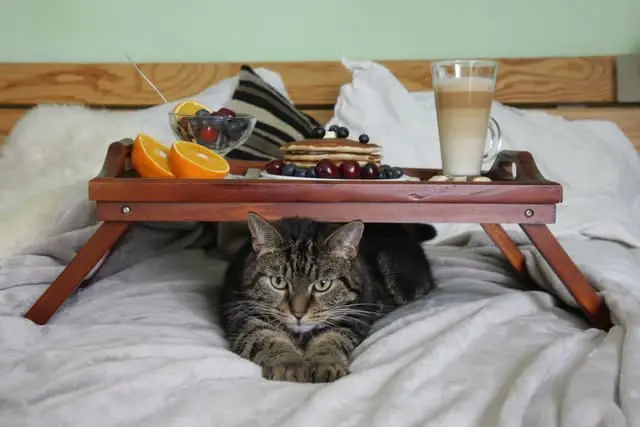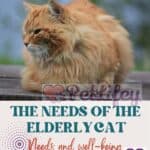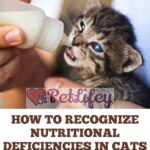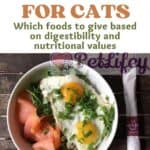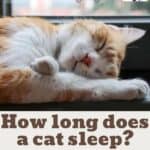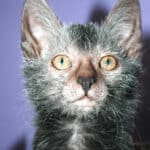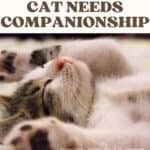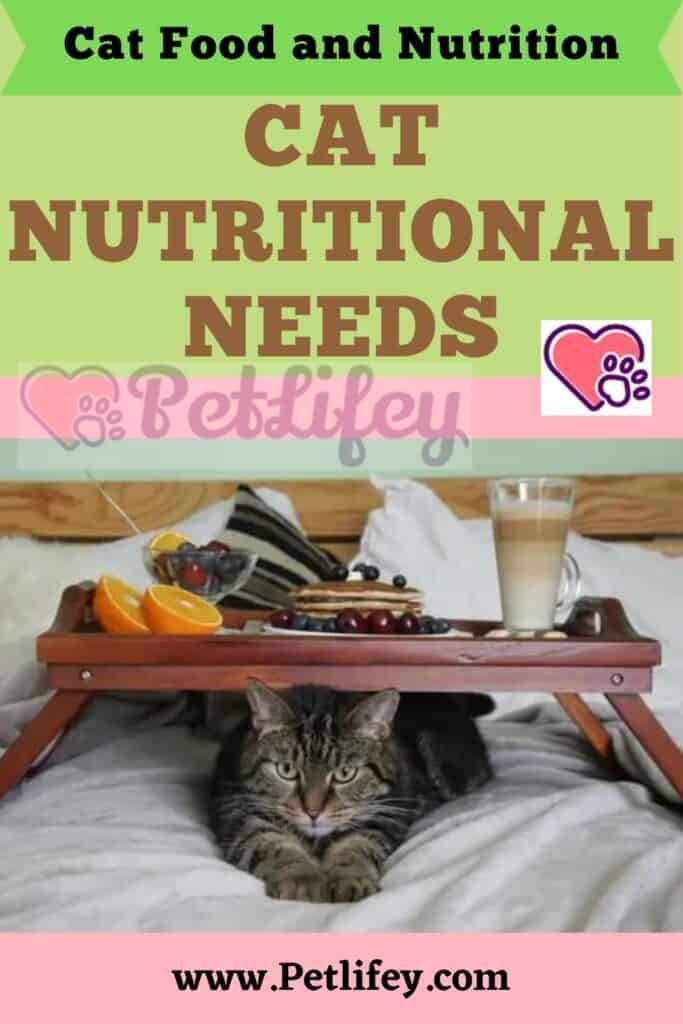
Cat nutritional needs, important because obese felines, if they depopulate in cartoons, in reality they suffer. Knowing the cat’s nutritional needs means learning to take care of our 4-legged friend correctly, perhaps spoiling him every now and then, but without affecting his health.
Usually the tendency is to give cats too much to eat, especially if they live with us in the house and do not have much opportunity to move. They are sedentary animals, or almost, and even a little lazy, they risk becoming balls of lard. To date, most of our domestic cats are overweight.
Average cat nutritional needs
The nutritional requirement of an adult cat today is about 40 grams of wet food per kilo of weight , i.e. canned cat food. The one prepared by us can be compared to the one in the package, after checking the ingredients we use by the veterinarian : 40 grams of pure sausage are not exactly like a 40 gram can.
A 4 kg cat, therefore, must eat 4 x 40 = 160 grams of wet food every day, possibly divided into several snacks. To calculate the cat’s nutritional needs in dry food, divide the total by 3, so 160: 3 = 53 abundant grams, because dry food is more concentrated, being dehydrated.
These numbers are those of the average cat’s nutritional needs, they can give us an indication to leave by not going at random but it is very important to then observe how the animal’s body reacts to understand how its metabolism works, also with respect to its lifestyle.
Small cat nutritional requirements
The nutritional requirement of small cats is high, compared to its weight, better to raise to 50 grams for each kg of cat, but without exaggerating because it must grow in strength but not become too big before it even reaches its adult size.
The problem that can be encountered with the little ones is that they tend to gorge themselves, for this reason, in addition to trying to educate them from time to time, there are bowls designed ad hoc to prevent them from doing so. On Amazon, for example, you can buy a non-slip and gorging bowl for 50 euros, also suitable for dog puppies, eco friendly and very resistant.
Senior cat nutritional needs
It often happens that with advancing age, the cat gains weight visibly, because the metabolism slows down in old age, as it also happens to us humans. Fatty food, if young could also be disposed of, is now more harmful, and physical activity becomes scarce. It is therefore better to review the evaluation of the cat’s nutritional needs and provide either by decreasing the doses, or by changing the ingredients of the food but not to the detriment of quality.
It is less frequent, but it can also happen that the elderly cat loses weight while eating the same: at this point it is better to take him to the vet to find out if he is sick, in the meantime be careful so that he does not lose weight.
Cat nutritional requirements in pregnancy
It always applies, but for a pregnant cat more than ever: nutrition must be based above all on proteins of animal origin, fats, carbohydrates, vitamins, and perfectly balanced mineral salts. A lot of meat, therefore, and also a lot of fish, offal are also fine but without exaggerating with the liver because it contains too much vitamin A. Milk is to be avoided, as we have explained in the dedicated article, it is better to give the cat the cheese, in small pieces.
To meet the nutritional needs of cats during pregnancy, we never give them dog food or even low quality food, we do not change type or brand without consulting the veterinarian and we avoid egg white, because it contains avidin that blocks the absorption of biotin, a Vitamin B group. Bones and bones of fish, onion and garlic, chocolate and an excess of sugars are also dangerous.
